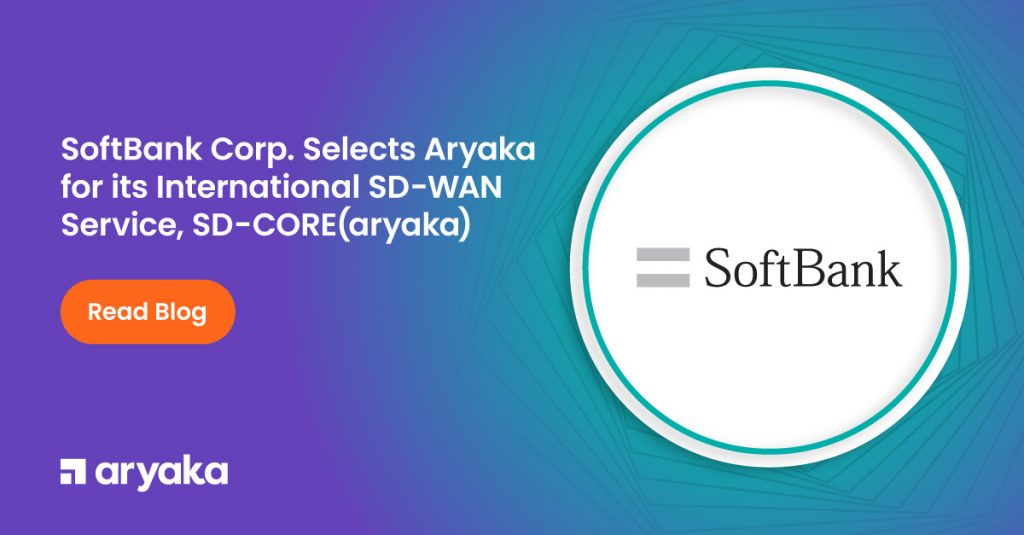Four Questions to Ask Before Deciding on an SD-WAN Provider

SD-WAN is the biggest trend in enterprise networking today. Companies of all sizes are looking at this next generation technology as the best alternative to legacy networks to connect far-flung offices to resources hosted in the data center and the cloud. Many analysts and research firms expect the market to reach into the billions over the next couple of years. Attracted by the revenue potential, start-ups, telcos, and edge-router providers are all offering a different take on the basic idea.
SD-WAN offers an entirely new way of managing a wide area network across multiple locations. This technology enables the migration of an organization’s network from hardware to software, and represents a shift away from data centers and server rooms toward cloud and SaaS applications.
SD-WANs improve network performance and connect employees around the world while keeping data safe, and can scale easily as your business grows.
However, SD-WAN is more complex than just a software-defined on-ramp to a private network. It comprises both hardware and software. The methods in which it is delivered – and by which it performs – differ with each SD-WAN provider. It’s critical for potential buyers to understand the core differences.
Network Managers should ask the following four questions before deciding on an SD-WAN provider to meet business connectivity needs:
1. Do you need an SD-WAN with a network or just a routing device at the edge?
Internet-based SD-WANs reduce costs and complexity at branch offices, and also provide better application control. This works well for businesses with multiple offices in a single geographical location, but global enterprises with offices in multiple continents or separated by large distances will have trouble with application performance due to high latency and the variability of connections. Plus, IT must be responsible for building and managing the network around the globe.
A global SD-WAN provides an integrated solution that is focused on application delivery and not on buying separate components. The service embeds SD-WAN functionality into a cloud-native private network, and has redundancy built in. This saves costs compared to the approach of having dual MPLS links or a combination of MPLS and Internet. It also provides an optimized network for faster application performance from anywhere in the world.
2. Do you need to address connectivity for regional or global deployments?
If all your branch offices are within a local area, and the Internet quality is extremely high, then an Internet-based SD-WAN deployment might be sufficient for your needs. With an Internet-based deployment, a business can reduce network cost and complexity by replacing regional MPLS links with broadband. However, by using the Internet as your WAN backbone, you cannot address global application performance issues. This is because the Internet is plagued with unreliable latencies and congestion-based packet loss and these issues are aggravated over large distances.
For global SD-WAN deployments, you need to leverage a private network to improve data and application performance.
3. Do you need to address connectivity requirements for on-premises or cloud/SaaS applications?
If majority of your applications are on-premises and hosted close to end-users, Internet-based SD-WANs can address your connectivity requirements. However, for accessing cloud and SaaS applications over long distances, there are not many viable WAN solutions.
Accessing cloud services and SaaS applications like AWS, Office 365, SAP Business ByDesign, etc. over the congested public Internet can be unreliable and slow, due to heavy packet loss and fluctuating latencies. Internet-based SD-WANs cannot address this issue, as they too rely on the vagaries of the public Internet. Trying to build private networks with MPLS is not possible in all cases, as the legacy technology offers very limited connectivity to only a few public cloud services and almost none of the SaaS applications. SD-WAN solutions built on a cloud-native private network are a great fit for global, cloud-reliant businesses.
4. Do you want to manage your SD-WAN in-house or have it delivered as-a-Service?
As businesses scale (especially worldwide), they can find themselves dealing with multiple providers managing tens of ISP or MPLS contracts, plus SD-WAN integration can become a hassle, especially when mergers and acquisitions take place and you have a variety of disparate networks to either combine or manage.
With an As-A-Service model, enterprises can consume their network the same way they as they would consume applications like Salesforce or cloud services such as AWS. All the WAN management is taken care of by the provider.
To learn more, download our white paper, SD-WAN vs. MPLS, Key Considerations for you Enterprise network.
- Accelerate CAD/CAM Performance
- Improve Zoom Conferencing Performance
- Calypso Embraces a SaaS-first Strategy
- CallisonRTKL Transforms their WAN
- Kleinfelder Improves Application Performance
- Teradyne Transforms their WAN
- SAP web application performance
- Kleinfelder Improves Application Performance
- Industrial Manufacturing Company Transforms WAN










